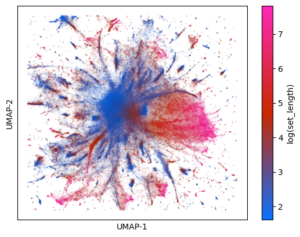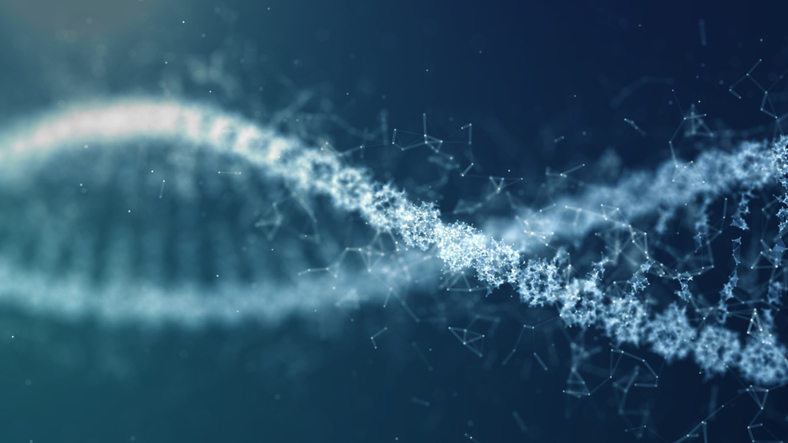Scientists at the Icahn School of Medicine at Mount Sinai and the University of California San Diego received an $8.5 million grant to create a data integration hub aimed at accelerating novel therapeutics and cures for diseases within initiatives supported by the NIH Common Fund.
The NIH created The Common Fund Data Ecosystem (CFDE) program to enhance the findability, accessibility, interoperability, and reusability of data generated by NIH Common Fund programs to ensure adherence to the FAIR guiding principles for scientific data. Researchers can efficiently explore NIH Common Fund-produced datasets to facilitate new biomedical discoveries and will enable scientists to search across Common Fund-produced datasets to ask complex scientific and clinical questions to catalyze new biomedical discoveries, according to an Icahn Mount Sinai spokesperson.

“By integrating data from various omics technologies and by making these datasets readily available for analysis and visualization with artificial intelligence and machine learning, many discoveries can emerge,” says the Contact Principal Investigator of the CFDE Data Resource Center, Avi Ma’ayan, PhD, director of the Mount Sinai Center for Bioinformatics and professor of pharmacological sciences, and artificial intelligence and human health. “We are delighted that the NIH has recognized our past contributions to the CFDE, the library of integrated cellular-based signatures (LINCS), and the illuminating the druggable genome (IDG) Common Fund programs and trusts us to lead this new effort.”
Unique opportunity
“This is a unique opportunity to enable a biomedical researcher to make innovative discoveries through full utilization of the data that has emerged from the large investments the National Institutes of Health have made under the aegis of the NIH Common Fund,” adds Principal Investigator of the CFDE Data Resource Center, Shankar Subramaniam, PhD. Subramaniam, the Joan and Irwin Endowed Chair of Bioengineering and Systems Biology at UC San Diego. Subramaniam is the PI of the NIH Common Fund Metabolomics Project.
Currently, most Common Fund datasets are dispersed across distinct data portals, resulting in underutilization due to the absence of standardized community practices and shared data processing protocols, notes Ma’ayan. By enabling seamless discovery of datasets across the Common Fund data, uniformly processing the data, and better combining data from different programs, the investigators anticipate the emergence of synergistic discoveries, he adds.
By working with the Common Fund data coordination centers, the Data Resource Center and Knowledge Center are expected to produce highly valuable computational resources for the entire field of biomedical research, continues Ma’ayan.
“As one example, by integrating exercise-induced gene expression changes from the Common Fund MoTRPAC program, tissue expression data from the GTEx Common Fund program, and drug response data from the LINCS Common Fund program, we can discover new drug candidates and potential treatment targets for muscular dystrophies,” he says.



